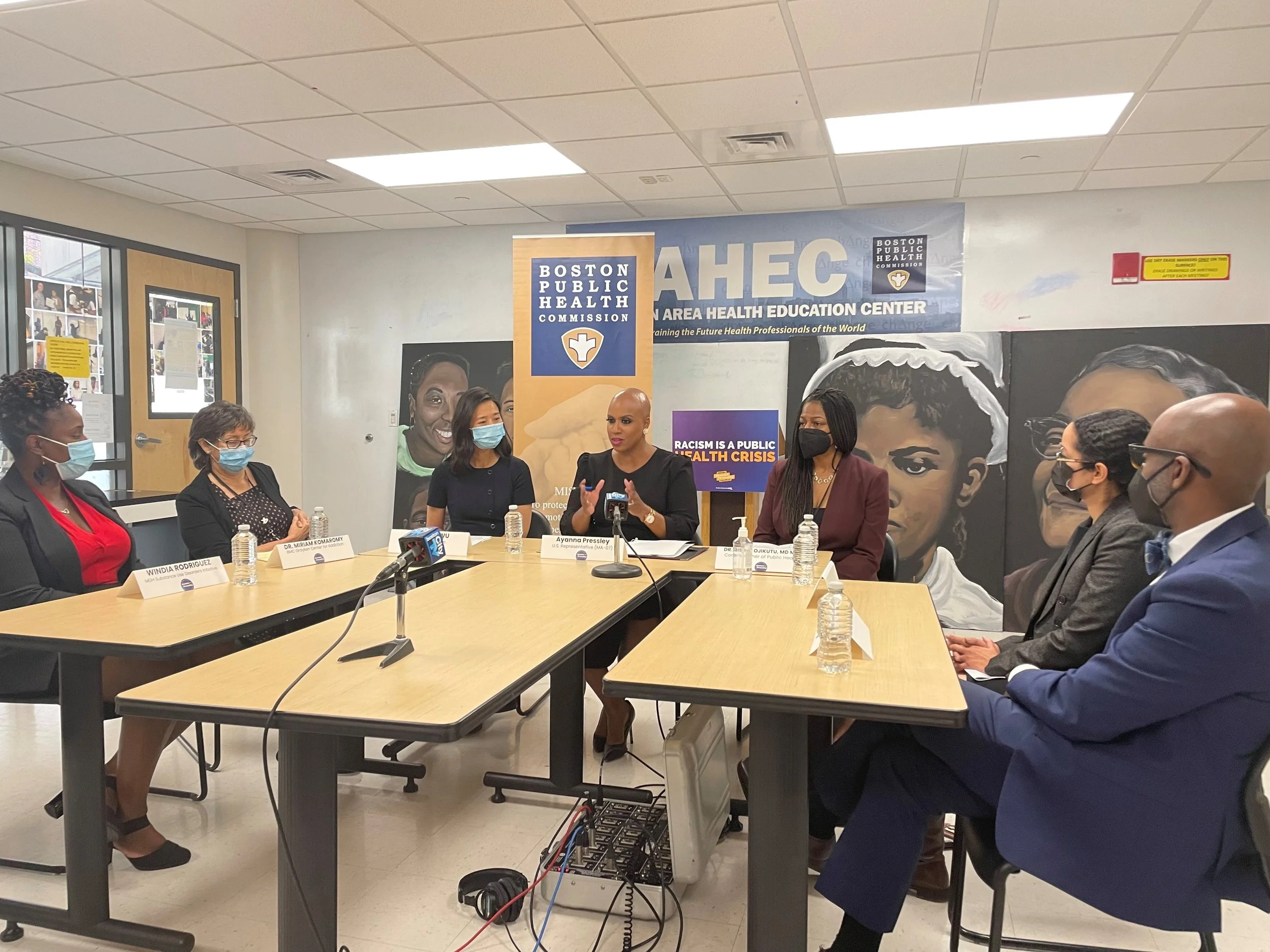
How do you design for healing when the system’s on life support? You start with what’s real.
The Challenge
Boston’s public health leaders, community advocates, and organizers set out to build a non-carceral, consent-based mental health crisis response system. The goal: create a pilot that diverts emergency calls away from police and into the care of trained, community-rooted responders.
But after two years of convening, the project had stalled in a fog of mismatched expectations, structural dysfunction, and strategic ambiguity. The team was fragmented, operating more as factions than a unified body. A city hiring freeze threw program plans into limbo. Key leaders rotated out. Power dynamics obscured decisions. And no one was naming what everyone knew: a fully funded pilot wasn’t going to happen—not at the originally imagined scale.
Our Solution
We entered not just as designers, but as reality-grounders—shifting the group away from fantasy planning and into honest, scenario-based design.
Alongside lead strategist Vedette Gavin, we helped the team step back and map out what we called “the LEGO table”: the full landscape of design domains—from triage logic and staff roles to dispatch coordination and governance structures. Using clear filters rooted in the project’s North Stars (non-carceral, consent-based, community-led), we eliminated options that violated those principles. What remained was a tighter, values-aligned set of components to prototype with.
We then facilitated a shift from binary “pilot or bust” thinking to tiered scenario planning. What does $750K actually get you in Boston? To help anchor expectations, we drew comparisons: a Los Angeles pilot with three neighborhoods and six responders cost $10 million. Most municipal examples started at $5 million. We weren’t trying to discourage—just orient. From there, we worked to build collective clarity around what could be prototyped meaningfully within the constraints.
To help the team make decisions inside this complexity, we also introduced our Collective Decision-Making Toolkit—a modular system of models like Seven Votes Apiece, Arbiter, and Spokes Council. These tools helped stakeholders express the intensity of their priorities, surface internal misalignments, and move decisions forward with clarity and consent—rather than friction or avoidance.
Most importantly, we began re-defining what success could look like. If a new call line diverted even 15 cases from police response, that’s not failure—it’s a win. If organizers could shape a neighborhood hub around crisis care instead of enforcement, that’s culture shift. Small, aligned wins were now seen not as compromises, but as foundations for scale.


